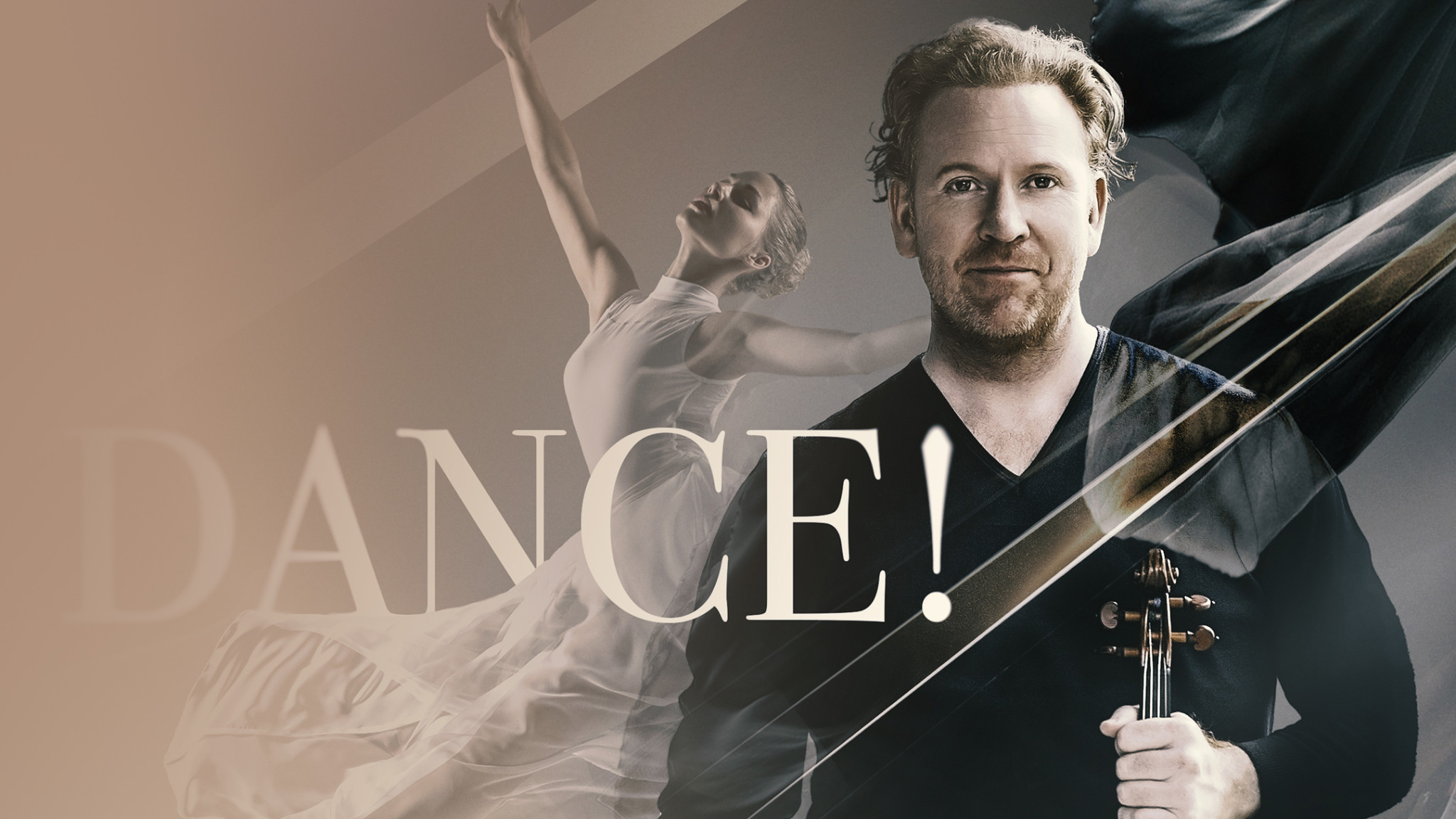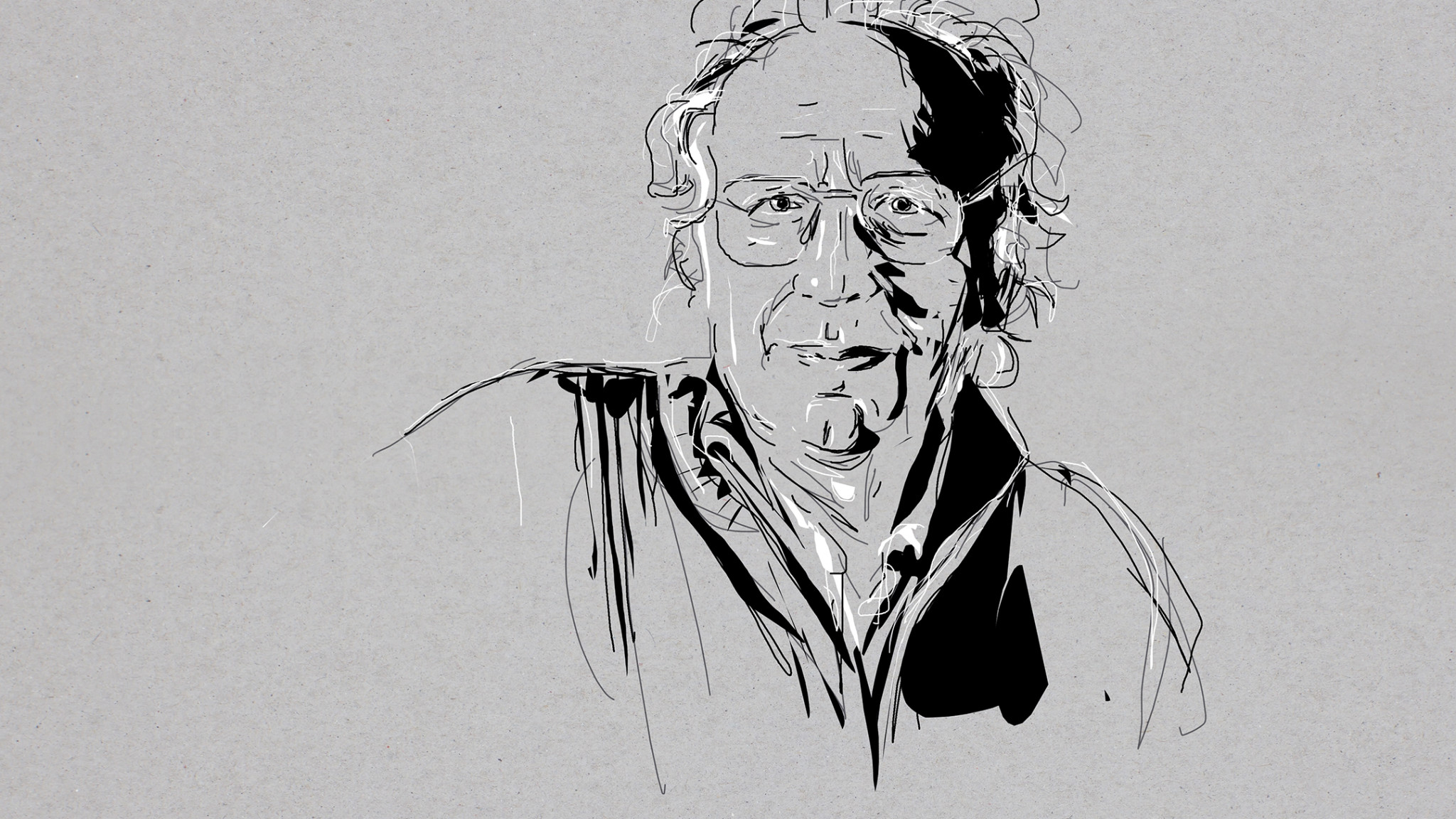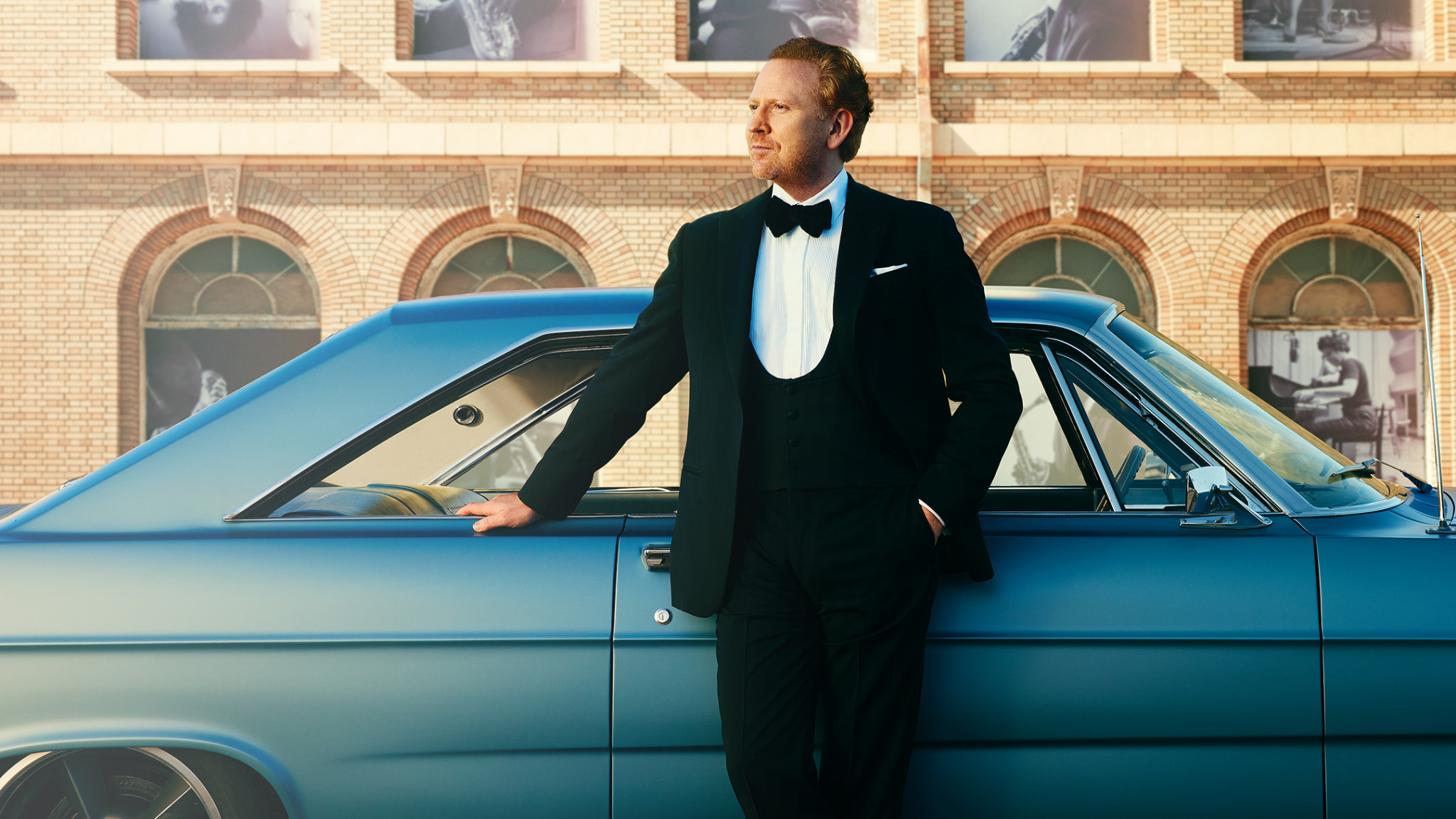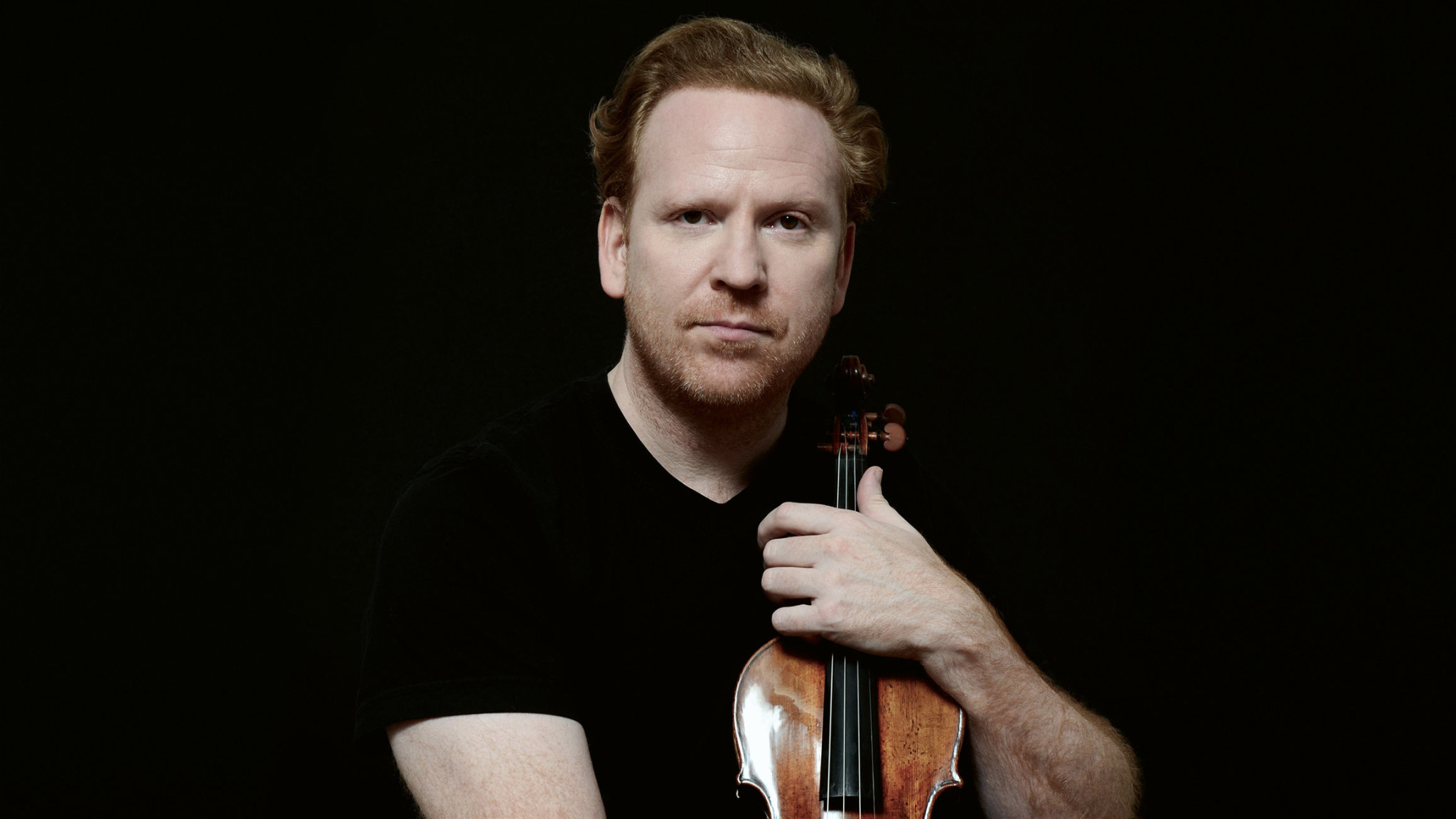DANCE! With Daniel Hope

Daniel Hope has long been fascinated by the power of dance to move and inspire. Taking listeners on a journey through seven centuries of music history, his latest Deutsche Grammophon album, DANCE!, celebrates the rhythms that have set bodies in motion and lifted hearts since time began. With everything from the anonymous 14th-century Lamento di Tristano to Wojciech Kilar’s 1986 work Orawa, via classics by Purcell, Handel, Mozart, Saint-Saëns, Florence Price and Duke Ellington, among many others, the album will be released digitally and on 2 CDs on 2 February 2024.
Three of its tracks are set to be issued in the weeks to come, giving a taste of the rich variety of music on DANCE!: Waltz No. 2 from Shostakovich’s Suite for Variety Orchestra on today, 8 December 2023, “Ticklin’ Toes” from Florence Price’s 3 Little Negro Dances on 19 January 2024 and Carlos Gardel’s Por una cabeza alongside the album on 2 February.
Hope first came up with a dance-based album concept over 20 years ago. Revisiting it for this DG project, he widened the repertoire considerably whilst sticking closely to his original concept – the universal significance and diversity of both dance and rhythm. He recorded DANCE! with the Zürcher Kammerorchester, of which he has been Music Director since 2016; some tracks feature the full orchestra, while others are performed by smaller ensembles created to suit the work or genre in question. Featuring new arrangements by Hope’s regular collaborator Paul Bateman, the album also boasts a stunning line-up of guest artists, including Jenö Lisztes (cimbalom), Omar Massa (bandoneon), Jacques Ammon (piano), Marie-Pierre Langlamet (harp) and Joscho Stephan (swing guitar).
DANCE! reflects the curiosity about all styles and periods of music that Hope inherited as a child from his mentor, teacher and friend Yehudi Menuhin. Ranging from medieval times to the 20th century, its repertoire includes music intended to entertain monarchs and to be heard in concert halls, tunes that began life in the fields and alehouses and on the streets, even dances with ritualistic elements designed to ward off disease and evil spirits – works that brought people together in good times and bad, and that literally danced their way into the hearts of everyone who heard them.





